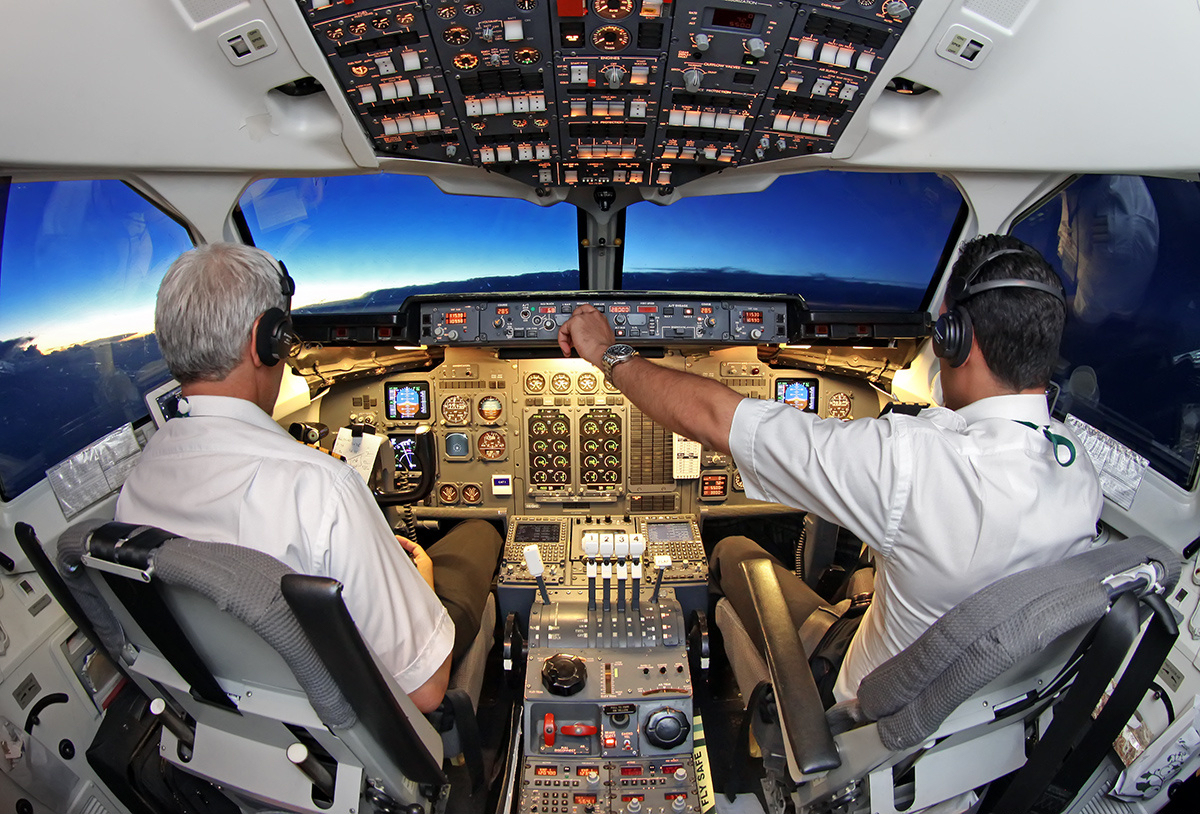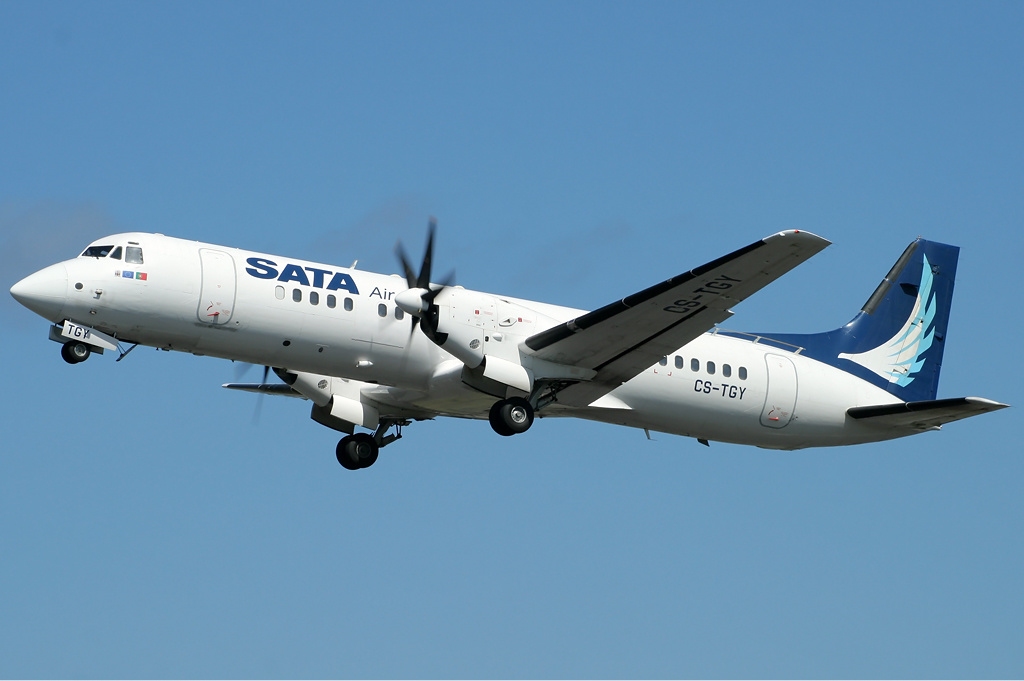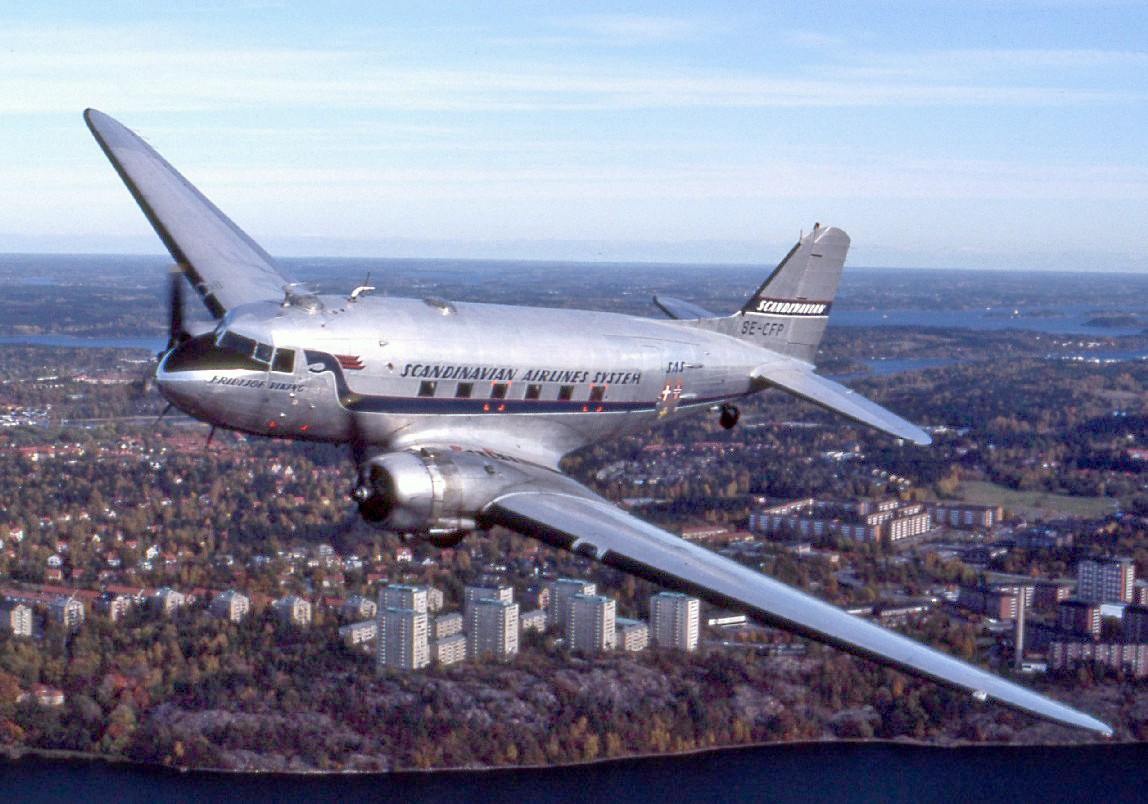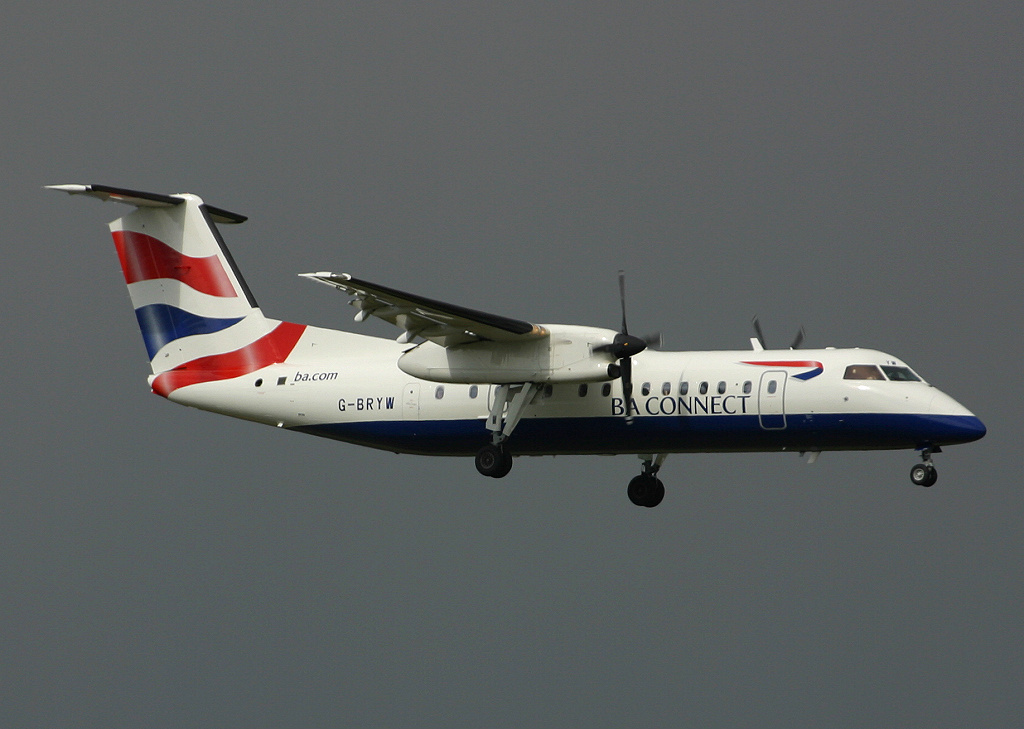|
British Regional Airlines
British Regional Airlines was a franchise partner of British Airways based in Manchester. They operated a large network of domestic and European services from many UK regional airports. British Regional Airlines held a United Kingdom Civil Aviation Authority Type A Operating Licence, It was permitted to carry passengers, cargo and mail on aircraft with 20 or more seats. History British Regional Airlines can trace its history back to March 1991 when Manx Airlines created Manx Airlines Europe in order to expand and fly routes within the United Kingdom. In 1994 Manx Airlines Europe became a franchise carrier for British Airways. In September 1996 Manx Airlines Europe changed its name to British Regional Airlines. In March 2001 British Airways purchased the British Regional Airlines Group (holding company of British Regional Airlines and Manx Airlines) for £78m. The airline was merged with Brymon Airways to create British Airways CitiExpress. Fleet British Regional Airlines op ... [...More Info...] [...Related Items...] OR: [Wikipedia] [Google] [Baidu] |
Manchester Airport
Manchester Airport is an international airport in Ringway, Manchester, England, south-west of Manchester city centre. In 2019, it was the third busiest airport in the United Kingdom in terms of passenger numbers and the busiest of those not serving London. The airport comprises three passenger terminals and a cargo terminal, and is the only airport in the UK other than Heathrow Airport to operate two runways over in length. Manchester Airport covers an area of and has flights to 199 destinations, placing the airport thirteenth globally for total destinations served. Officially opened on 25 June 1938, it was initially known as Ringway Airport, a name still in local use. In World War II, as RAF Ringway, it was a base for the Royal Air Force. The airport is owned and managed by the Manchester Airport Holdings (trading as ''MAG''), a holding company owned by the Australian finance house IFM Investors and the ten metropolitan borough councils of Greater Manchester, with ... [...More Info...] [...Related Items...] OR: [Wikipedia] [Google] [Baidu] |
Manx Airlines
Manx Airlines was an English-owned, Isle of Man-based airline that existed between 1982 and 2002. Its head office was located on the grounds of Isle of Man Airport in Ballasalla, Malew. An airline of the same name existed between 1947 and 1958. History Manx Airlines (1953) An earlier Manx Airlines was established in 1947 as Manx Air Charters and renamed in 1953. It was based at Ronaldsway Airport and equipped with De Havilland Dragon Rapides and Douglas C-47 Dakotas. The airline also operated the Bristol Freighter and its aircraft were equipped with passenger modules. One of this airline's Bristol Freighters crashed on 27 February 1958 in the Winter Hill air disaster. The airline was absorbed by Silver City Airways in 1958 and then merged with Channel Air Bridge to form British United Air Ferries in 1963. Manx Airlines (1982) The new Manx Airlines was a joint venture founded by British Midland Airways and AirUK. Services commenced on 1 November 1982 and the first flight ... [...More Info...] [...Related Items...] OR: [Wikipedia] [Google] [Baidu] |
Airlines Established In 1996
An airline is a company that provides air transport services for traveling passengers and freight. Airlines use aircraft to supply these services and may form partnerships or alliances with other airlines for codeshare agreements, in which they both offer and operate the same flight. Generally, airline companies are recognized with an air operating certificate or license issued by a governmental aviation body. Airlines may be scheduled or charter operators. The first airline was the German airship company DELAG, founded on November 16, 1909. The four oldest non-airship airlines that still exist are the Netherlands' KLM (1919), Colombia's Avianca (1919), Australia's Qantas (1920) and the Czech Republic's Czech Airlines (1923). Airline ownership has seen a shift from mostly personal ownership until the 1930s to government-ownership of major airlines from the 1940s to 1980s and back to large-scale privatization following the mid-1980s. Since the 1980s, there has als ... [...More Info...] [...Related Items...] OR: [Wikipedia] [Google] [Baidu] |
Defunct Airlines Of The United Kingdom
{{Disambiguation ...
Defunct (no longer in use or active) may refer to: * ''Defunct'' (video game), 2014 * Zombie process or defunct process, in Unix-like operating systems See also * * :Former entities * End-of-life product * Obsolescence Obsolescence is the state of being which occurs when an object, service, or practice is no longer maintained or required even though it may still be in good working order. It usually happens when something that is more efficient or less risky r ... [...More Info...] [...Related Items...] OR: [Wikipedia] [Google] [Baidu] |
List Of Defunct Airlines Of The United Kingdom
This is a list of defunct airlines of the United Kingdom. See also * List of airlines of the United Kingdom * List of airports in the United Kingdom and the British Crown Dependencies References * * {{List of defunct airlines * United Kingdom The United Kingdom of Great Britain and Northern Ireland, commonly known as the United Kingdom (UK) or Britain, is a country in Europe, off the north-western coast of the continental mainland. It comprises England, Scotland, Wales and North ... Defunct ... [...More Info...] [...Related Items...] OR: [Wikipedia] [Google] [Baidu] |
ATR 72
The ATR 72 is a twin-engine turboprop, short-haul regional airliner developed and produced in France and Italy by aircraft manufacturer ATR (french: Avions de transport régional or it, Aerei da Trasporto Regionale), a joint venture formed by French aerospace company Aérospatiale (now Airbus) and Italian aviation conglomerate Aeritalia (now Leonardo S.p.A.). The number "72" in its name is derived from the aircraft's typical standard seating capacity of 72 passengers. During the 1980s, French aerospace company Aérospatiale and Italian aviation conglomerate Aeritalia merged their work on a new generation of regional aircraft. For this purpose, a new jointly owned company was established, ATR, for the purpose of developing, manufacturing, and marketing their first airliner, which was later designated as the ATR 42. On 16 August 1984, the first model of the series, designated as the ATR 42-300, performed the type's maiden flight. During the mid-1980s, the ATR 72 was devel ... [...More Info...] [...Related Items...] OR: [Wikipedia] [Google] [Baidu] |
BAe 146
The British Aerospace 146 (also BAe 146) is a short-haul and regional airliner that was manufactured in the United Kingdom by British Aerospace, later part of BAE Systems. Production ran from 1983 until 2001. Manufacture by Avro International Aerospace of an improved version known as the Avro RJ began in 1992. A further-improved version with new engines, the Avro RJX, was announced in 1997, but only two prototypes and one production aircraft were built before production ceased in 2001. With 387 aircraft produced, the Avro RJ/BAe 146 is the most successful British civil jet airliner programme. The BAe 146/Avro RJ is a high-wing cantilever monoplane with a T-tail. It has four geared turbofan engines mounted on pylons underneath the wings, and has a retractable tricycle landing gear. The aircraft operates very quietly, and as such has been marketed under the name Whisperjet. It sees wide usage at small, city-based airports such as London City Airport. In its primary role, it se ... [...More Info...] [...Related Items...] OR: [Wikipedia] [Google] [Baidu] |
BAe Jetstream 41
The British Aerospace Jetstream 41 is a turboprop-powered feederliner and regional airliner, designed by British Aerospace as a stretched version of the popular Jetstream 31. Intended to compete directly with 30-seat aircraft like the Embraer Brasilia, Dornier 328 and Saab 340, the new design eventually accommodated 29 passengers in a two-by-one arrangement like the Jetstream 31. Eastern Airways of the UK is the biggest operator of Jetstream 41s in the world, with 14 in the fleet. Design and development The Jetstream 41's stretch added to the fuselage, consisting of an plug forward of the wing and a plug to the rear; the fuselage design was all-new with no commonality with the old fuselage. The wing had increased span and redesigned ailerons and flaps. It was mounted below the fuselage, so the spar did not form a step in the cabin aisle. This also gave more baggage capacity in larger wing-root fairings.Swanborough 1991, p. 78. The Allied Signal TPE331-14 engines deliver 1,5 ... [...More Info...] [...Related Items...] OR: [Wikipedia] [Google] [Baidu] |
BAe ATP
The British Aerospace ATP (Advanced Turbo-Prop) is an airliner designed and produced by British Aerospace. It was an evolution of the Hawker Siddeley HS 748, a fairly successful feederliner of the 1960s. The ATP was developed during the 1980s, events such as such as the 1979 oil crisis and increasing public concern regarding aircraft noise led to business planners at British Aerospace to believe that there was a market for a short-range, low-noise, fuel-efficient turboprop aircraft. First flown on 6 August 1986, by the time it became commercially available, the market segment it fell within was already hotly contested by multiple other airliners, such as the de Havilland Canada Dash 8, ATR 42, and ATR 72. Amid this intense competition, sales of the ATP were limited, leading British Aerospace to terminate production after only eight years, during which a total of 65 aircraft were completed. Design and development Background The origins of the ATP can be traced back to, in ... [...More Info...] [...Related Items...] OR: [Wikipedia] [Google] [Baidu] |
Embraer 145
The Embraer ERJ family (for Embraer Regional Jet, model names EMB-135, EMB-140 and EMB-145) are regional jets designed and produced by the Brazilian aerospace company Embraer. The family includes the ERJ135 (37 passengers), ERJ140 (44 passengers), and ERJ145 (50 passengers), as well as the Legacy 600 business jet and the R-99 family of military aircraft. Development of the EMB145 was launched during 1989, its early design took the form of a turbofan-powered stretch of the existing turboprop-powered EMB 120 Brasilia feederliner. After the project was temporarily suspended in 1990, work on a revised configuration was undertaken during the early 1990s. While retaining the three-abreast seating of the Brasilia, the twinjet has a new swept wing and is powered by two rear-fuselage-mounted AE3007 turbofans for a range up to . By the time of its maiden flight on 11 August 1995, Embraer had garnered 18 firm orders, 16 options and 127 letters of intent for the type. On 10 December 1996, ... [...More Info...] [...Related Items...] OR: [Wikipedia] [Google] [Baidu] |
Regional Airliner
A regional airliner or a feederliner is a small airliner that is designed to fly up to 100 passengers on short-haul flights, usually feeding larger carriers' airline hubs from small markets. This class of airliners is typically flown by the regional airlines that are either contracted by or subsidiaries of the larger airlines. Regional airliners are used for short trips between smaller towns or from a larger city to a smaller city. Feederliner, commuter, and local service are all alternative terms for the same class of flight operations. History To keep short routes economical, airlines preferred using second hand aircraft than costlier new aircraft. Older aircraft were put into short haul service as they were replaced by new longer-range designs. Post-war era Propeller aircraft of larger airlines were transferred to smaller airlines: even the De Havilland Dragon Rapide biplane, or the Douglas DC-3s, in large surplus after the war, which the Aircraft manufacturers wanted ... [...More Info...] [...Related Items...] OR: [Wikipedia] [Google] [Baidu] |
British Airways CitiExpress
BA Connect was a wholly-owned subsidiary airline of British Airways. It was headquartered in Didsbury, Manchester, England, it operated a network of domestic and European services from a number of airports in the United Kingdom on behalf of British Airways. The airline operated as a low-cost carrier, with food sold via a 'buy on board' programme (except for flights to London City Airport). On 3 November 2006 British Airways announced the sale of BA Connect to Flybe. It formally transferred to Flybe on 25 March 2007. History The company was incorporated on 26 January 1970 as Brymon Aviation Limited which operated as Brymon Airways. On 30 July 1993 the company was renamed Brymon Airways Limited to reflect the operating name. The company was purchased by British Airways in 1993 and on 28 March 2002 it was merged with British Regional Airlines and was renamed British Airways Citiexpress Ltd operating as BA CitiExpress. British Airways Citiexpress is recognised for pioneering ... [...More Info...] [...Related Items...] OR: [Wikipedia] [Google] [Baidu] |

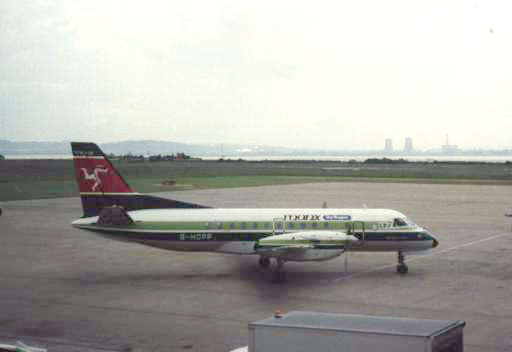
.jpg)


